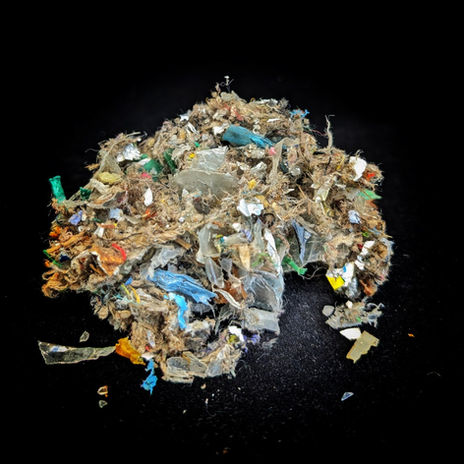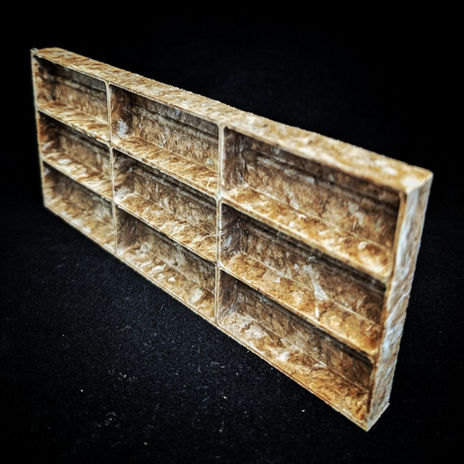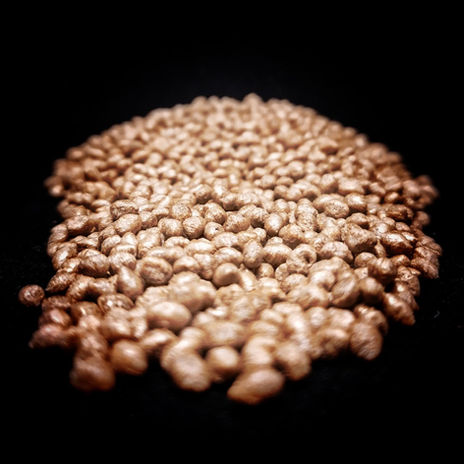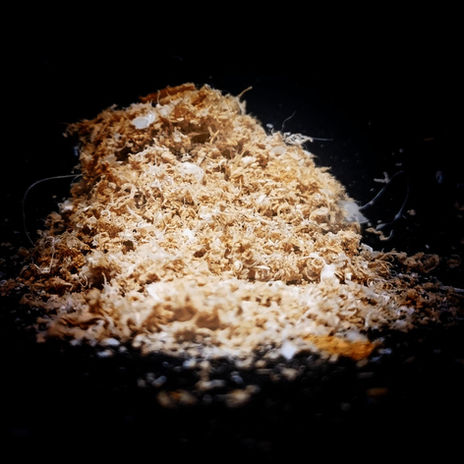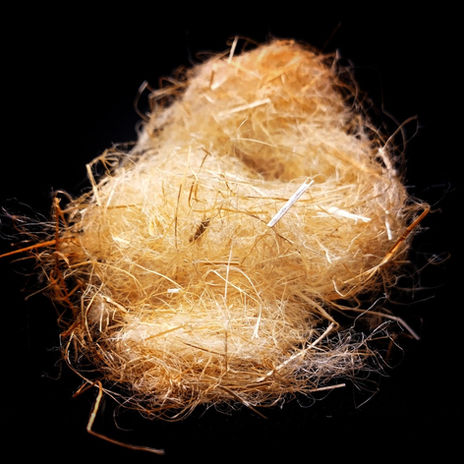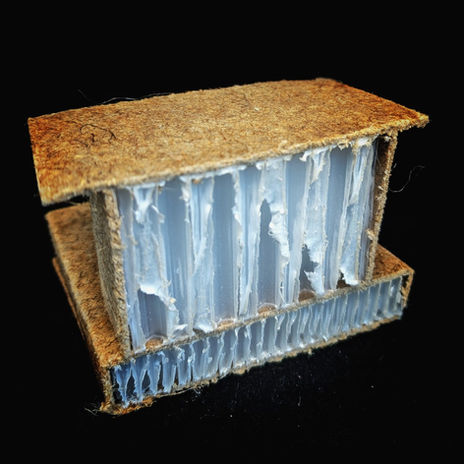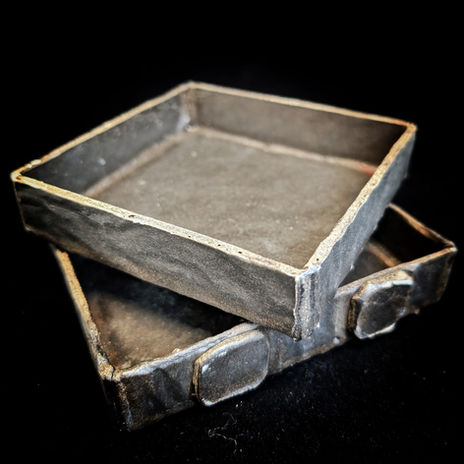
WE ASK OURSELVES: DOES IT HAVE TO BE THIS WAY?
Problem Description
Raw materials, particularly renewable resources like wood, are projected to struggle to meet increasing demand in the foreseeable future. This shortage stems from factors such as population growth, rampant deforestation, and protective legislation aimed at preserving mature forests. Additionally, wood resources are often diverted to low-value products, exacerbating the shortage.
A UN report indicates that we are currently consuming 2.5 times the amount of wood that can be regenerated, which will lead to price increases that make wood either unaffordable or inaccessible.
Furthermore, the accumulation of low-value mixed plastic, which represents 50% of the plastic waste in the EU, presents a pressing challenge, as it is often not recycled and typically ends up in landfills or is incinerated.
In regions like Asia, Africa, and South America, where recycling infrastructure is lacking, this leads to devastating consequences. Often, low-value mixed plastic (LVMP) ends up in the ocean, with far-reaching consequences for the planet and its inhabitants.
Market Opportunity
To foster a circular economy, the development of effective waste supply chains, new processing technologies, and the optimization of products and packaging are paramount. Our market opportunity lies in the growing demand for environmentally friendly, recyclable materials, particularly in industries reliant on cost-effective logistics and packaging solutions. Simultaneously, the innovative use of low-value mixed plastic (LVMP) can provide an economic incentive to create an entirely new market for low-value waste materials, enabling us to incentivize their collection and keep them out of the environment.





